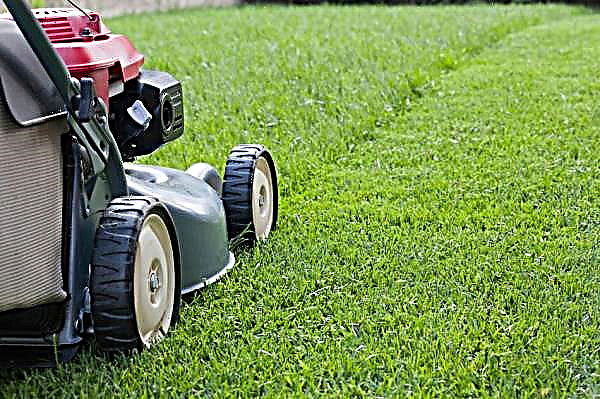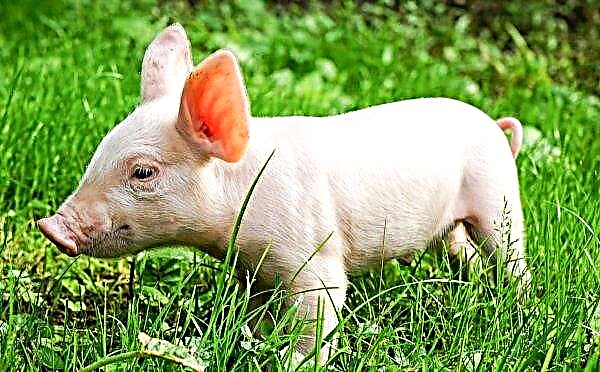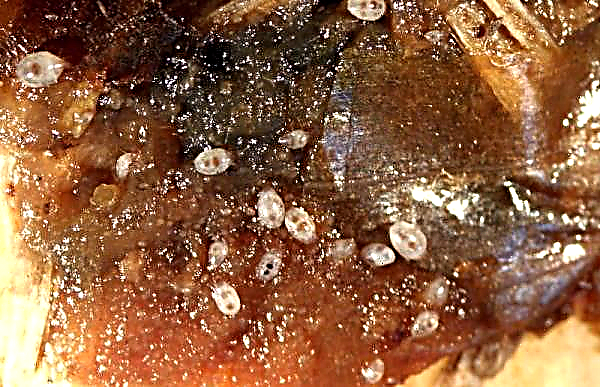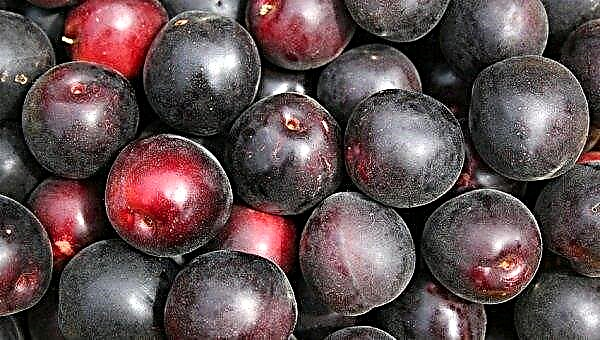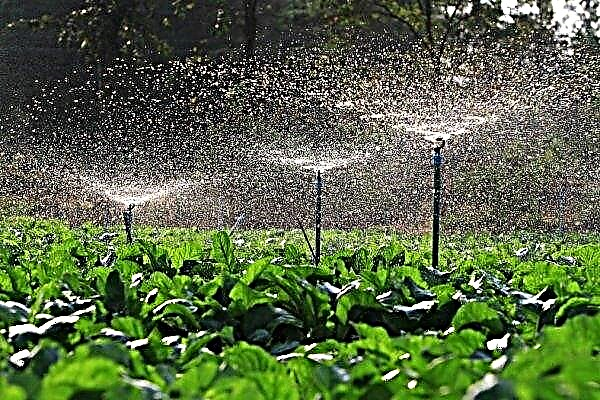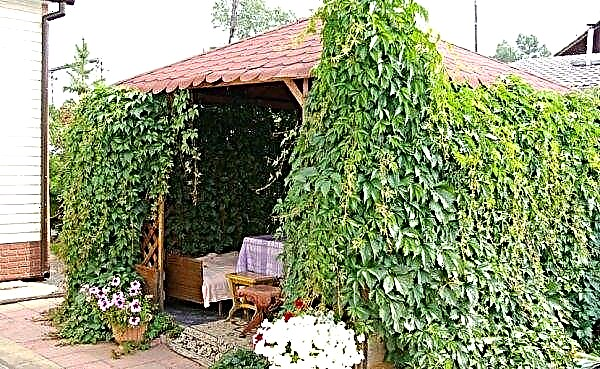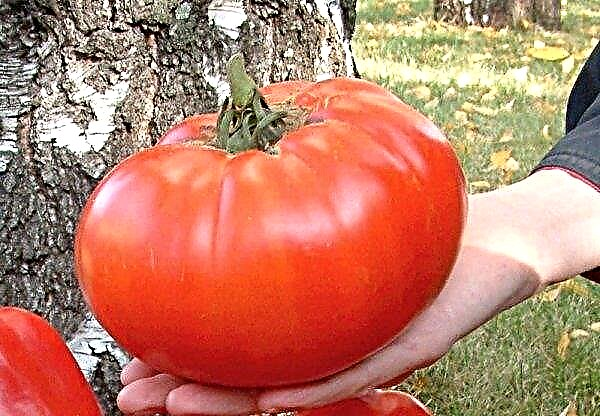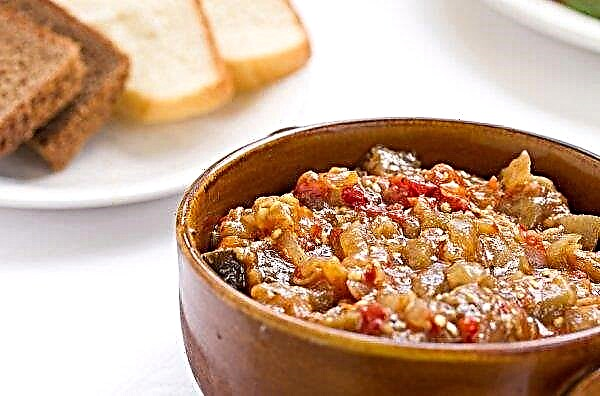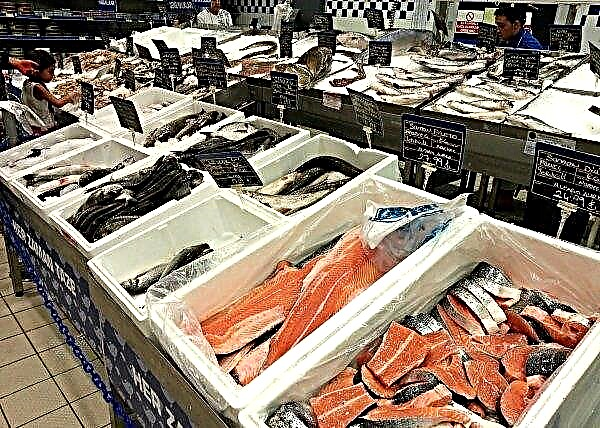Choosing tomatoes for planting in a summer cottage, in a greenhouse or on a balcony is a difficult task to cope with, since the assortment of seeds of different varieties and hybrids offered today will make even an experienced gardener grab onto the head. In addition, one may encounter special terms describing the characteristics of varieties, for example, “determinant” and “indeterminant,” the meaning of which is difficult to guess on their own. You will find an explanation of these concepts in the article below.
What are determinant and indeterminate tomato varieties?
In short, the terms indicate how high the tomato bush can grow, and which varietal characteristics prevail in this regard. With this knowledge, it is easier to organize competent care of the culture.
Determinant
Varieties whose bushes grow to a certain height, and until fruit brushes form on the plant, after which they stop growing. After the ovary of 3-5 brushes appeared, buds appear on the top of the bush. Flower brushes are formed, starting from the 5-7th leaf, with an interval of 2-3 sheets. In total, there can be 4–5 inflorescences on a determinant bush, with a maximum height of 110 cm. Floral brushes are transformed into flowers and then transformed into fruits. The development of the plant subsequently occurs from a leaf formed in the sinus under the brush at the top of a tomato bush, a strong stepson.
Typically, these tomatoes are divided into groups:
- Undersized or standard - early ripening tomatoes, the crop of which can be harvested in 80–90 days. Seedlings are planted in 40–45 days.
- Medium - they begin to bear fruit a little later, the ripening of tomatoes occurs 100-110 days after planting, but the yield of these tomatoes is higher. Seedlings can withstand 50–55 days.
Indeterminate
Varieties, whose bushes do not have a growth limit and can reach 2-3 m in height, wander along the roof of the greenhouse, tying up to 50 brushes.
Flowers begin to appear behind 9-12 leaves, and then with an interval of 3 sheets. The bushes are tall, so they have to be limited in growth mechanically, removing the top.
Seedlings of indeterminate varieties are planted at the age of 60–65 days, and harvesting begins on 105–130 days.Important! Pinching is necessary so that the bush can direct its vitality to the development of fruits, increase their mass.
The characteristics of such tomatoes suggest their cultivation in open ground in the southern, sunny regions, because plants love the sun's rays and warm air.

Advantages and disadvantages of each of these types
- The advantages of determinant varieties can be called with certainty:
- precocity of harvest;
- good fruiting;
- friendly ripening of tomatoes;
- there is no need to tie up bushes;
- comfort in the process of caring for the plant, since it has a small height;
- can be grown in any region, in open ground and in greenhouses.
- The disadvantages of determinant varieties include:
- yield has a certain scope, since the bush is limited in growth;
- Tomatoes require abundant mineral fertilizing;
- low immunity to typical tomato diseases;
- more demanding in care due to the concentration of fruits and a large load on the plant;
- different size of fruits.

- Among the advantages of indeterminate varieties distinguish:
- high productivity with efficient use of areas;
- strong immunity;
- bushes bring a harvest for a long time;
- high growth, which provides the convenience of harvesting, there is no need to bend much;
- cultivation and fruiting can occur almost all year round in greenhouse conditions, and in open ground - from mid-summer to mid-autumn;
- almost all fruits receive equal access to light and are well ventilated due to the absence of side stepsons;
- do not require compliance with the temperature regime, tolerate daily fluctuations.
- The disadvantages of indeterminate tomatoes are:
- later ripening of fruits, since the formation of inflorescences begins only after 8–9 leaves appear on the stem;
- the need to strengthen the stem on high supports;
- southern cultivation regions are preferred;
- obligatory procedure of pinching, which is carried out every decade to form a bush in one stalk;
- the need for regular garter.
The difference between determinant and indeterminate tomatoes
The difference in approaches to growing low and tall varieties is due to their features, taking into account which, they create the necessary conditions for the culture in order to obtain a quality crop.
It is necessary to choose a variety taking into account the climatic conditions of the area where it is planned to grow tomatoes. Next, you need to consider the need: to get an early, plentiful and at the same time ripened crop or the ability to take fruits over a long period in a larger volume.
Important! On indeterminate bushes, it is necessary to remove leaves above the fruits, especially if tomatoes are grown in a greenhouse. This will allow them to mature more quickly and improve their taste characteristics.
What is the difference between seeds?
Seeds of determinant and indeterminate varieties are planted at different times:
- standard - in the second half of March;
- medium - since mid-March;
- tall - at the beginning of the same month.

Seedling differences
If the sowing of seeds is done on time, the planting of seedlings in the ground also has differences:
- determinant varieties are planted 55–60 days after sowing;
- indeterminate - after 65–75 days.
Did you know? In the 16th century, when tomatoes were only brought to Europe, tomato bushes were used exclusively for decorative purposes, since the fruits were considered to be inedible and even poisonous.
Adult bushes - differences
The appearance of adult plants easily reveals their belonging to determinant and indeterminate varieties:
- Height. Short - maximum height 1.1 m and tall - 2-3 m.
- Stem. Low bushes have 2-3 stems, high - one stalk without lateral stepsons.
- The number and frequency of ovaries. A denser amount of flowering is on stunted bushes.
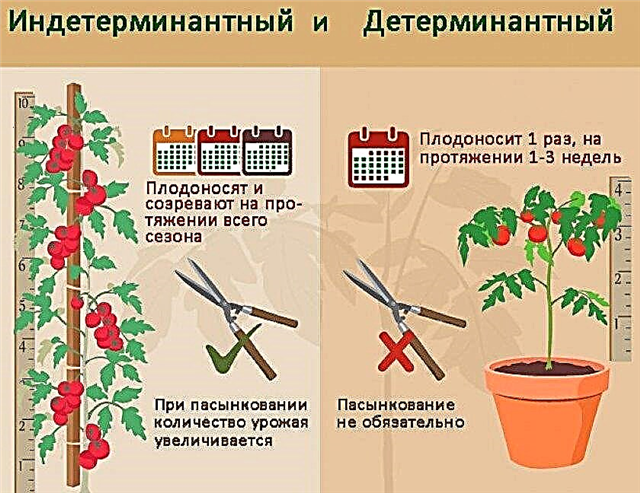
Determinant Varieties
The names of tomatoes related to this type are as follows:
- Aurora - precocious, ripening 75–85 days. The height of the bush is 60–70 cm, a simple inflorescence of 5–6 fruits. The first flowers appear above 6–7 leaves, and then with an interval of 1–2 leaves. Productivity 12–15 kg / m², fruits 90–120 g. Ripening strength, 60% of fruits are harvested in 2 harvests.

- Openwork - Early ripening hybrid does not require special care. Fruits ripen after 105-110 days. Plants up to 80 cm high, partly requires herding, leave 3-4 stems. Productivity is 6.1 kg / m², fruit weight is 200–260 g.

- Watercolor - mid-ripening, ripening 110-120 days. The maximum height of the bush is 50 cm. The fruits are in the form of a cream, weighing 40–55 g.

- Equator - medium early, ripening 101-110 days. It does not require pinching and garter, the plant grows up to 1 m tall. Fruits are round, fleshy, weighing 150-180 g.
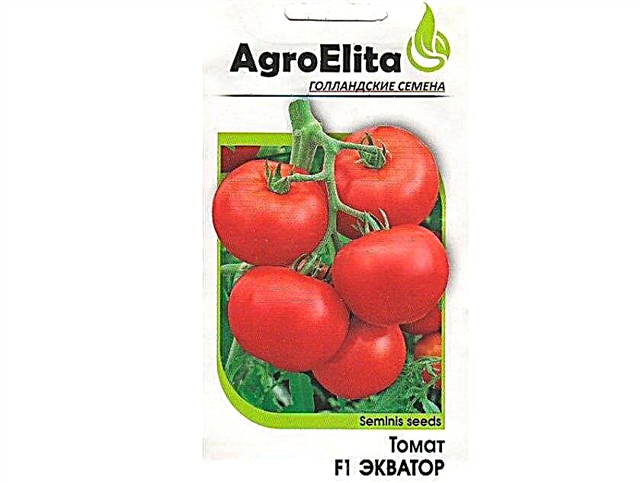
Read more about determinant varieties of tomatoes:
Indeterminate Varieties
Among the indeterminate distinguish:
- Grandma's gift - medium late variety, ripening 120–125 days. The bushes form into one stem up to 1.8 m high. Fruits weighing 180–220 g, yield from the bush is 4.5–5 kg, when planting 4 bushes per 1 m².
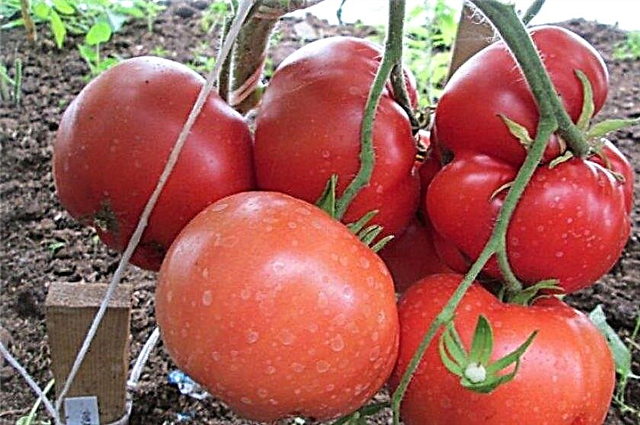
- Adam's apple - mid-season, tall, reaches 1.8 m. Requires garter and pinching. The fruits are round, weighing 120–200 g, yield - 18–20 kg / m².
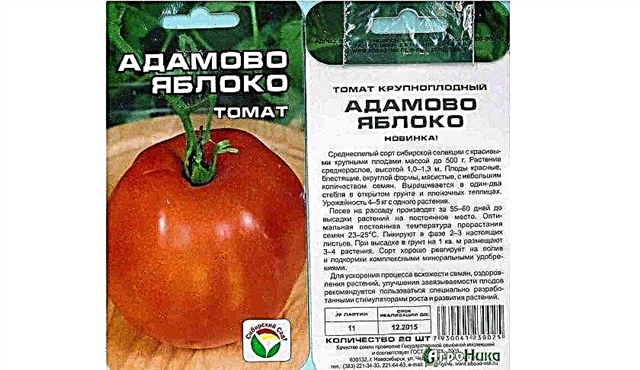
- Mallow - an early ripe hybrid, which grows 1.9–2.3 m high. A bush is formed in 1 or 2 stems. The inflorescence has 5–6 fruits, the mass of which is 160–190 g. The yield is 19–22 kg / m².
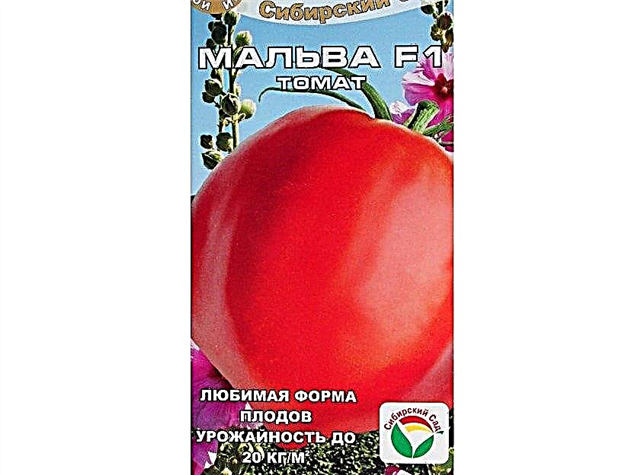
- Australian - tall, medium late variety. Height exceeds 2 m. Tomato can be grown in 1 or 2 stems. The fruits are very large, weighing 450-500 g, can reach 1 kg. From 1 plant, 5 kg of tomatoes are harvested.
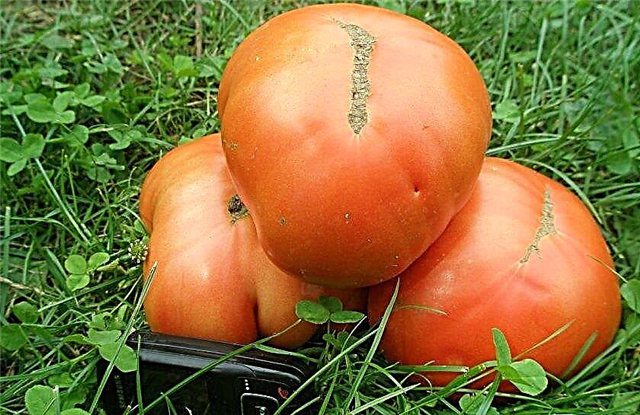
- Siberian - late ripe, tall hybrid, ripening time 130-140 days. A single-stem bush reaches a height of 1.8 m. The first inflorescence is formed above the 12th leaf, then with an interval of 3-4 leaf blades. Productivity - 4.5–5 kg per plant with a fruit mass of 300–400 g.

We recommend that you learn more about other varieties of indeterminate tomatoes:
How to determine the type of tomato?
To determine the type of tomato, you must:
- at the stage of seed purchase, pay attention to the characteristics and description of the variety;
- carefully inspect the tomato bush, paying attention to the location of the ovaries: after what, by the count of the leaf from the rhizome, is the first, and with what interval do they follow;
- look at the growth of the plant and the accuracy of the fruits on it;
- pay attention to the ripening dates of tomatoes.
Did you know? The record holder among tomato fruits was a tomato, whose mass was 2.9 kg. Grown a giant in the USA, Wisconsin.
What types are suitable for growing in a summer cottage?
Wanting to decide on a variety of tomatoes for planting in a summer cottage, you need to understand what goals are being pursued. If tomatoes will be used for pickling, it is advisable to plant determinant bushes that will bring a large amount of yield with almost simultaneous, friendly ripening. If the purpose of cultivation is a long-term harvest of tomatoes for several months and further long-term storage, it is better to pay attention to indeterminate varieties.
Both types of tomatoes can be grown both in greenhouse conditions and in open ground, depending on the characteristics of a particular variety and hybrid. Having clarified the differences between determinant and indeterminate tomatoes, considering their advantages and disadvantages, you can easily select the appropriate varieties.











